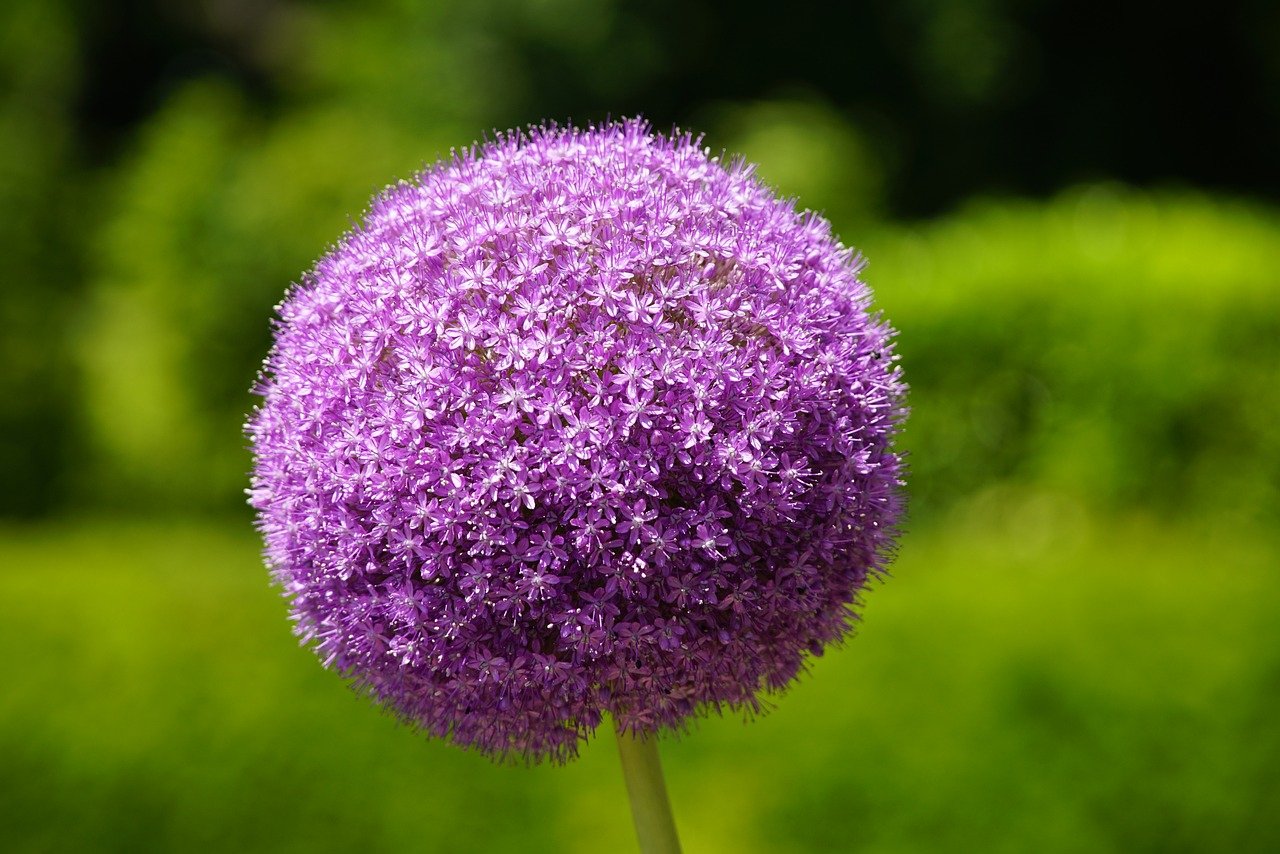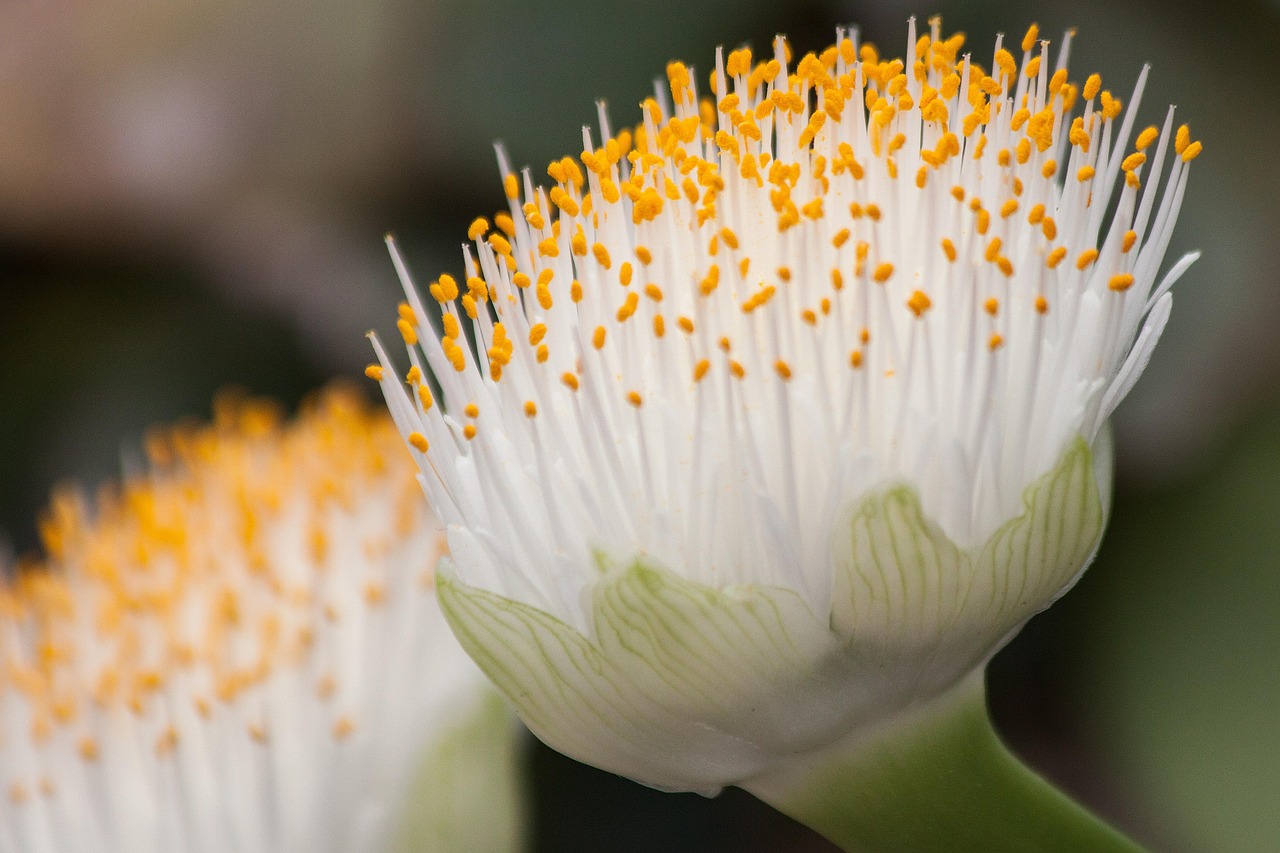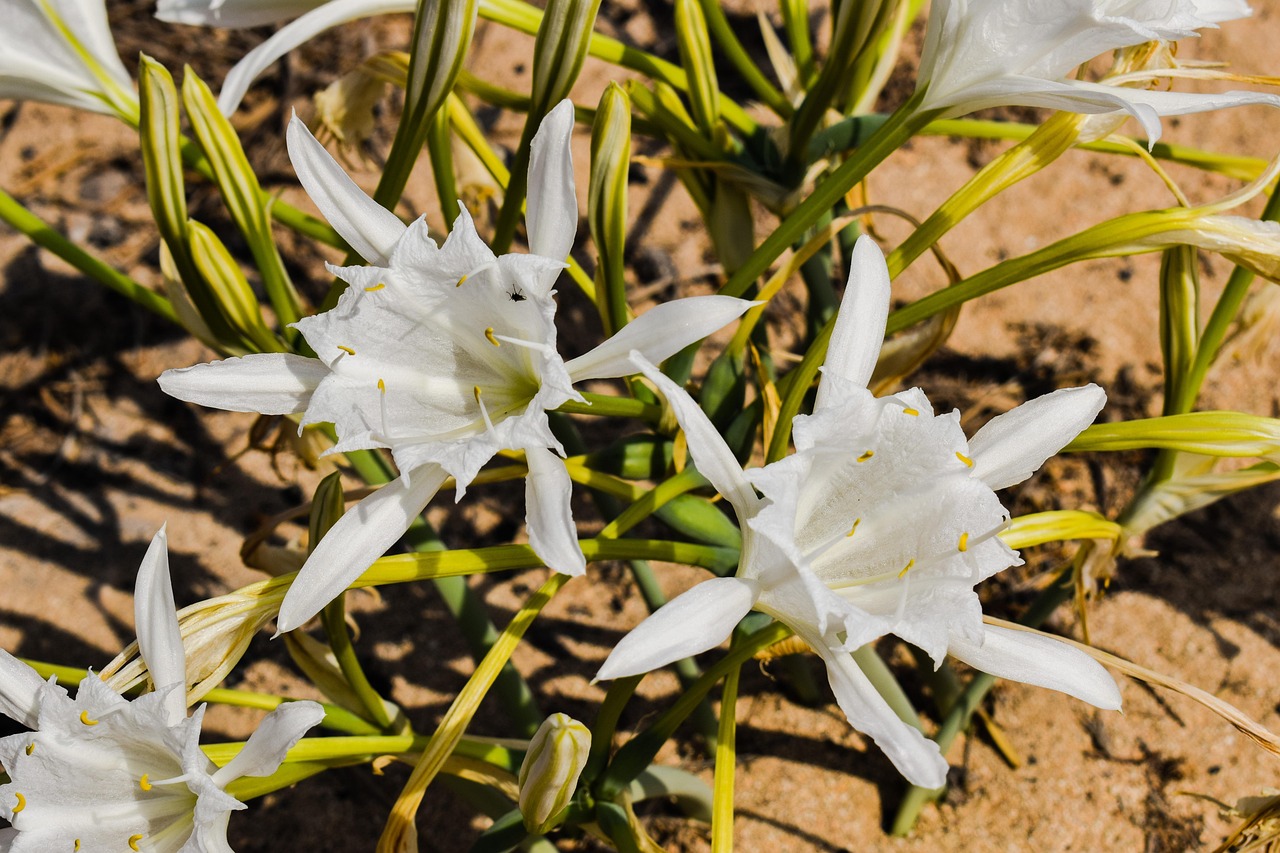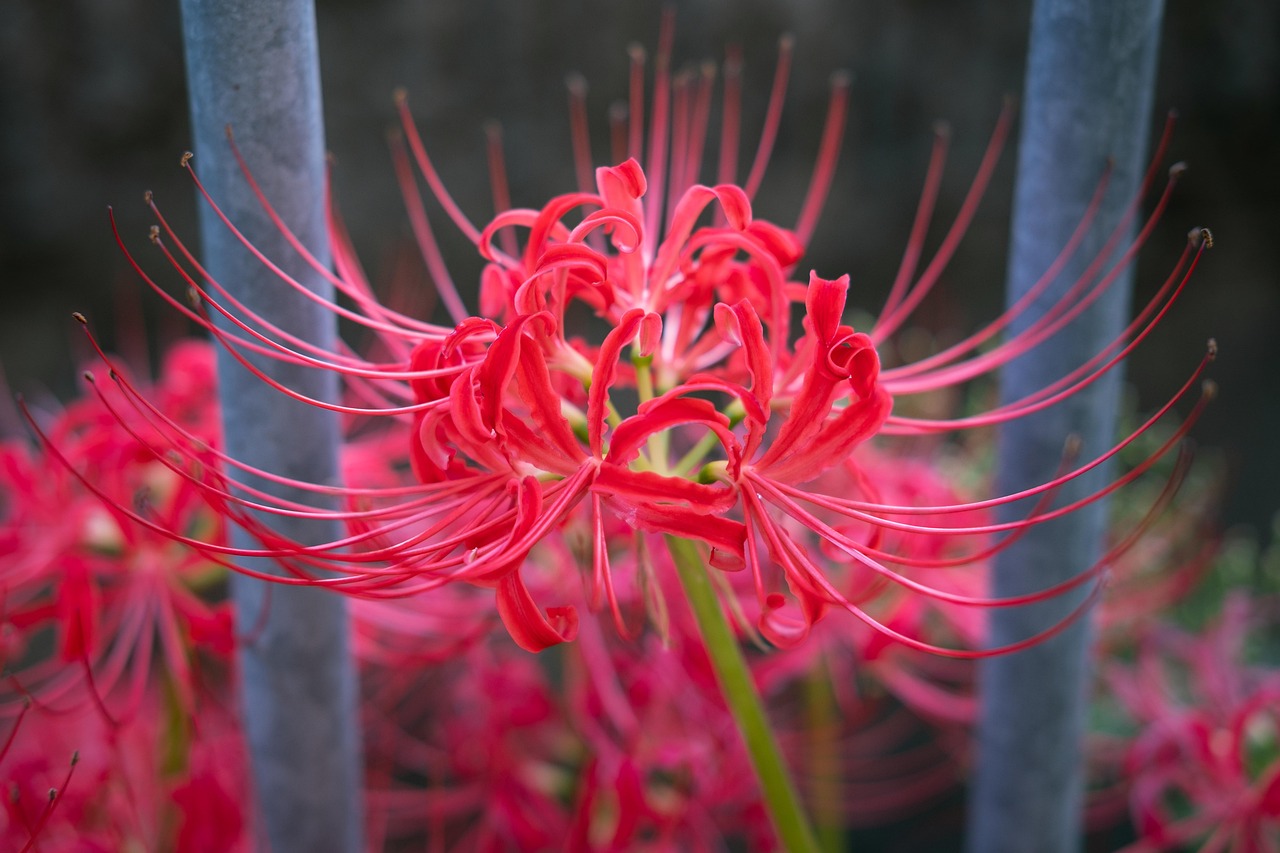Ramsons: Features and Care

Ramsons is a perennial plant known for its star-shaped white flowers and lush green leaves that appear in spring. It thrives in moist forest soils and is often found growing in dense colonies under deciduous trees across Europe. In early summer, it produces delicate white blossoms that brighten woodland landscapes.
This article introduces the basic characteristics of ramsons, their cultural and historical significance, and tips for successful cultivation.
Basic Information
- Scientific name: Allium ursinum
- Family: Amaryllidaceae
- Origin: Europe and Western Asia
- Appearance: Broad leaves with long stalks topped by clusters of six-petaled white flowers. The blooms sway gently in the wind, bringing lightness to the spring forest.
- Blooming season: April to June
Cultural Significance Around the World
Ramsons are recognized in Europe as a natural part of forest ecosystems and have long symbolized the arrival of spring.
In countries such as Germany, Austria, and Switzerland, their blooming marks a seasonal tradition, and people cherish their presence as a natural herald of springtime. In the UK, they are considered an important component of woodland biodiversity and are protected in some areas by the National Trust.
The flowering landscapes of ramsons have been featured in European poetry and painting, reflecting their role in shaping cultural scenery. As interest in naturalistic gardening grows, ramsons are being rediscovered as plants that bring the atmosphere of the forest into home gardens.
Historical Background
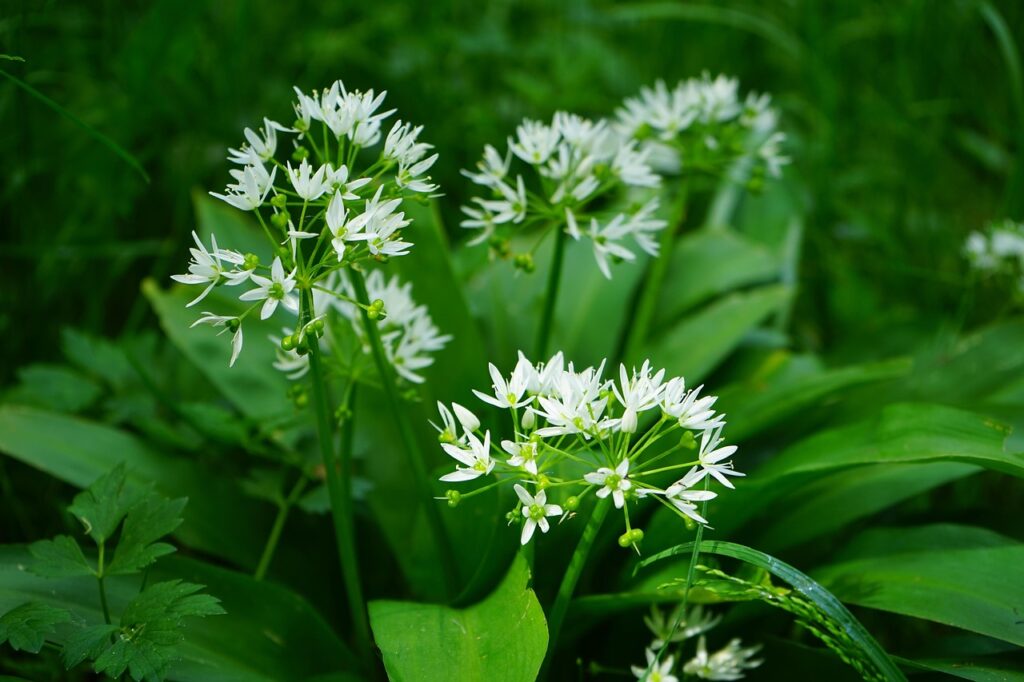
Ramsons have been a part of human life since ancient times, especially among Celtic and Germanic forest dwellers. Their emergence in early spring was seen as a symbol of nature’s renewal and the cycle of life. The species name “ursinum” derives from the Latin word ursus (bear), inspired by the folk belief that bears, upon awakening from hibernation, sought out these plants first.
During the Middle Ages, ramsons were also cultivated in monastic gardens, where monks treated them as symbols of harmony between nature and faith. Even today, colonies of wild ramsons can be found around old monasteries and forest ruins, believed to be remnants of ancient plantings.
Gardening Tips
Ramsons thrive in woodland-like environments. Consider the following points for successful cultivation:
Sunlight
Prefers dappled sunlight similar to what is found under deciduous trees. Avoid full exposure to strong sunlight.
Watering
Keep the soil consistently moist, especially in the growing season. Avoid letting the soil dry out.
Soil
Rich in organic matter and moisture-retentive but well-draining soil is ideal. Soil similar to forest floor humus is best.
Fertilizer
Minimal fertilization is needed. Adding compost or well-rotted leaf mold can support growth.
Planting
Can be grown from bulbs or seedlings. Planting in autumn will yield blooms the following spring. Space bulbs to allow natural spreading.
Environmental Care
Since ramsons prefer shade and moisture, using mulch to conserve humidity may be beneficial, especially in drier climates.
Conclusion
Ramsons (Allium ursinum) bring a touch of the forest into the garden with their delicate white flowers and vibrant green foliage. Deeply rooted in European cultural and historical contexts, they were valued by ancient forest dwellers and medieval monks alike.
Their name—meaning “bear’s garlic”—reflects their place in nature’s cycle and folklore. As woodland plants that thrive in shaded, moist soil, ramsons offer a calm and natural presence that gently marks the rhythm of the seasons.

